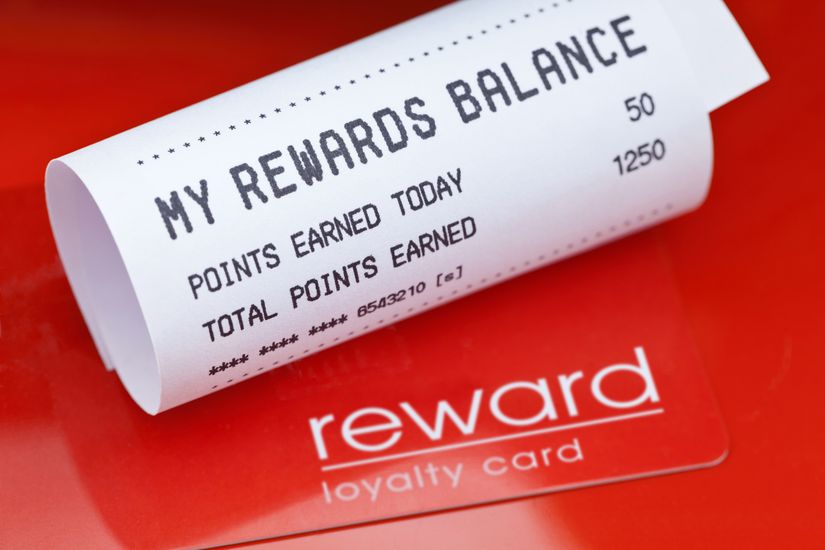Nostalgia on Aisle 5
The supermarket has been a staple of American life ever since the first one, a Piggly Wiggly, opened in Memphis, Tennessee, in 1916. Ever since, we've scoured the aisles in a quest to fill our pantries without overpaying. And while they may look much the same on the surface, grocery stores continue to evolve as our shopping habits change. From the disappearance of green stamps to the rise of online ordering, here's how our local supermarkets have changed over the past several decades.


























